Mandabok (만다복)
15.6Km 2024-12-19
인천광역시 중구 차이나타운로 36 만다복
This restaurant offers baengnyeon jjajang (meaning “hundred-year jjajang”), a traditional style of hayan jjajang, or old-fashioned black bean sauce noodles. The dish features noodles topped with a soy sauce-based sauce along with pork, seafood, and vegetables.
Jjajangmyeon Museum (짜장면박물관)
15.7Km 2024-12-23
56-14 Chinatown-ro, Jung-gu, Incheon
Jjajangmyeon Museum is built in the former building of Gonghwachun, the official birthplace of jjajangmyeon, a food people of all ages love. Gonghwachun operated in this old-fashioned brick building until 1983, and the building was renovated as Jjajangmyeon Museum. It is the first jjajangmyeon-themed museum in Korea and consists of six permanent exhibition rooms and one special exhibition room. Visitors can see the birth and transformation of jjajangmyeon at a glance and the different types and recipes of jjajangmyeon. The special exhibition room presents exhibitions on a variety of topics every year. The reproduction of Gonghwachun’s original reception room and kitchen as well as the exhibition of how the metal delivery box changed over the years are also interesting.
Simnihyang (십리향)
15.7Km 2024-02-16
50-2 Chinatown-ro, Jung-gu, Incheon
Simnihyang is a Chinese restaurant in Incheon Chinatown, renowned for its specialty in hwadeok mandu (oven-baked mandu). The restaurant's name suggests that the aroma of its mandu spreads up to 10 Ri (approximately 4 km, pronounced 'simni' in Korean) away. Its signature dish, hwadeok mandu, consists of mandus filled with pork, vegetables, and seasoning, baked in an oven at temperatures above 350 degrees. This preparation ensures the mandu is crispy on the outside and juicy on the inside. Additionally, the restaurant offers various other fillings, including sweet potatoes, pumpkin, and red beans.
Gonghwachun (공화춘)
15.7Km 2024-01-04
43 Chinatown-ro, Jung-gu, Incheon
Gonghwachun, one of the Chinese restaurants in Chinatown, opened in 1905 and is famous as the birthplace of jjajangmyeon. The original Gonghwachun building is currently used as Jjajangmyeon Museum, and the current Gonghwachun main branch operates in a building that was founded in 2004. Among the various menus, Gonghwachun Jjajangmyeon is a must-try. This signature menu serves the noodles and the black bean sauce separately. The sauce contains a various ingredients cut in large bite-sized pieces, making it even more delicious. It also offers various course menu options, including lunch, couple, and family courses.
Daechang Banjeom (대창반점)
15.7Km 2024-02-16
55-1 Chinatown-ro, Jung-gu, Incheon
Daechang Banjeom is a Korean Chinese restaurant nestled in Chinatown, Incheon. The restaurant has built a dedicated base of regulars among both locals and tourists since it opened in the 1980s. It is famed for its samseonjjamppong (three-delicacy spicy seafood noodle soup), which headlines its menu. Other crowd favorites include jjajangmyeon (black bean sauce noodles) and gunmandu (pan-fried Mandu). Notably, it's located near tourist attractions such as the Jajangmyeon Museum and Incheon Modern Museum.
Incheon Port Floodgate (인천항 갑문)
15.8Km 2021-06-01
376, Wolmi-ro, Jung-gu, Incheon
+82-32-890-8000
Incheon Port Floodgate is located between the beautiful Wolmisan Mountain and Sowolmido Island. Surrounding the floodgate is a large 66,000 square meter garden covered with grass, pine trees, ginko trees, and cherry blossom trees, creating a beautiful scene. Especially in the spring, azaleas, royal azaleas, cherry blossoms, and magnolia blossoms are blooming, adding to the beauty of the garden.
If you visit when the floodgate opens, you will witness giant cargo ships and cruise ships passing through the gate to enter and leave the port. Also, at the situation room of the floodgate management office, an introductory video of Incheon Port is played to offer more information on the facility.
There are two floodgates at Incheon Port. One floodgate is 36 meters wide by 363 meters long. The other is 22.5 meters wide by 202 meters long. The larger one can accommodate vessels up to 50,000DWT and the smaller one can dock ships up to 10,000DWT. Per day, up to 20 vessels can enter and leave the port.
Taehwawon (태화원)
15.8Km 2024-12-02
10 Chinatown-ro 59beon-gil, Jung-gu, Incheon
Now in its third generation, this Korean-Chinese restaurant, established in 1926, is one of the earliest in Incheon Chinatown and is renowned for preserving traditional flavors. Its signature Incheon Hyangto Jjajang (Incheon-style black bean sauce noodles) is crafted with the restaurant's own chunjang and seasonal ingredients, offering a richer, deeper taste than jjajangmyeon made with store-bought sauce. The restaurant also offers a vegetarian menu.
Hanjungwon (한중원)
15.8Km 2024-01-04
12 Chinatown-ro 59beon-gil, Jung-gu, Incheon
Hanjungwon is a Chinese-style garden built to commemorate the establishment of diplomatic relations between Korea and China, making it a great place to rest after looking around Chinatown. It was created with the motif of the garden style of the Suzhou region in the mid and late Qing Dynasty. Plants native to China are planted, such as bamboo, roses, and peonies, giving it an exotic atmosphere. There are human figures wearing traditional Chinese costumes on both sides of the entrance, making it a famous photo zone.
Gapgotdon Watchtower (갑곶돈대)
15.8Km 2021-01-18
18, Haeandong-ro 1366beon-gil, Ganghwa-gun, Incheon
+82-32-930-7077
Gapgotdon Watchtower was built to protect the Ganghwa Straits from invasion when the Goryeo Kingdom moved their capital to Ganghwado Island. The fortified area served as a highly strategic location for the Goryeo Kingdom, and had endured multiple invasions by the Mongolian troops between 1232 and 1270.
The watchtower was fortified in the Joseon dynasty by King Sukjong in 1679 and had once fallen during the French campaign against Korea in 1866. In 1977, the site was restored to its original form. The cannons exhibited at the current site were made during the Joseon dynasty to attack outside invaders from sea.
[Ganghwa Nadeul-gil Course 2] Homeland Fortification Trail ([강화 나들길 제2코스] 호국돈대길)
15.8Km 2021-08-11
24, Cheonghadong-gil, Ganghwa-gun, Incheon
+82-32-934-1906
The Ganghwa Nadeul-gil Trails are a collection of walking paths along the coast of Ganghwa Island that connect the watchtowers and and walls of Ganghwasanseong Fortress, as well as royal tombs and other historically significant sites from the Goryeo dynasty that dot the island.
[Ganghwa Nadeul-gil Course 2] Homeland Fortification Trail
Course 2 stretches over a 17 kilometer area between Gapgotdon Watchtower and Chojijin Fort. This trail showcases the history of the island and the changes that happened before and after the opening of the port. The course follows a coastal road that is particularly beautiful in spring and fall.

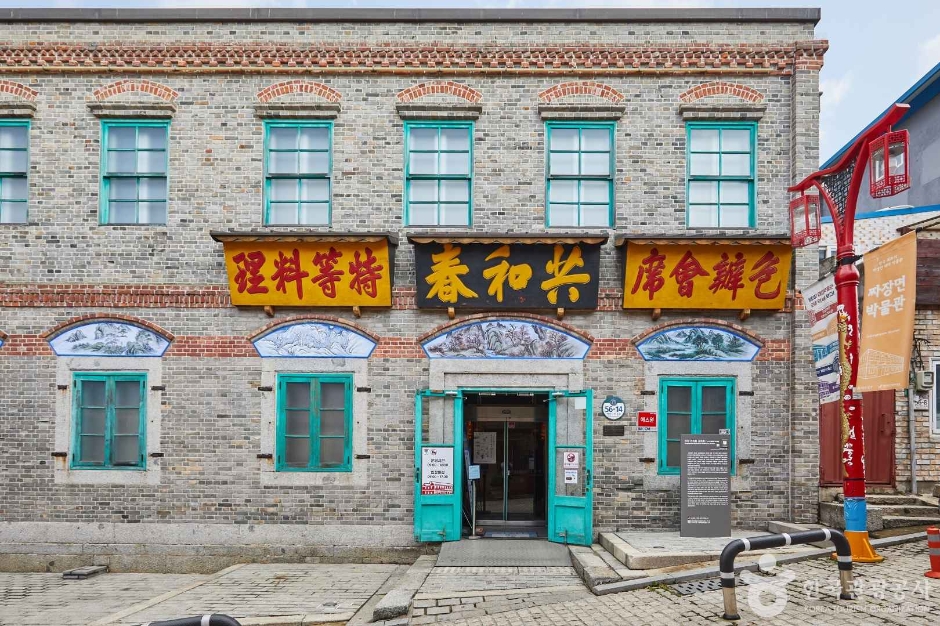
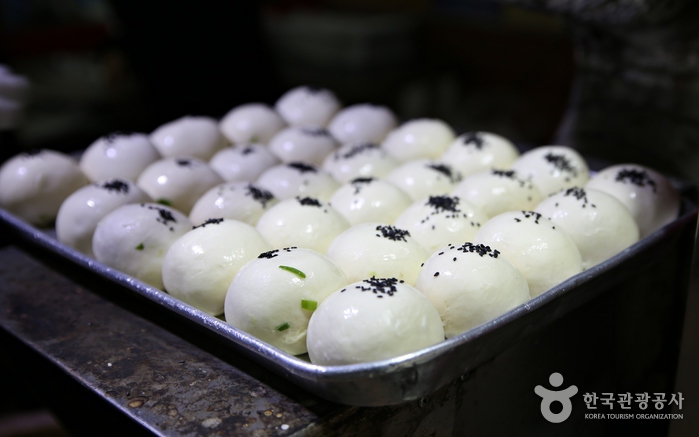
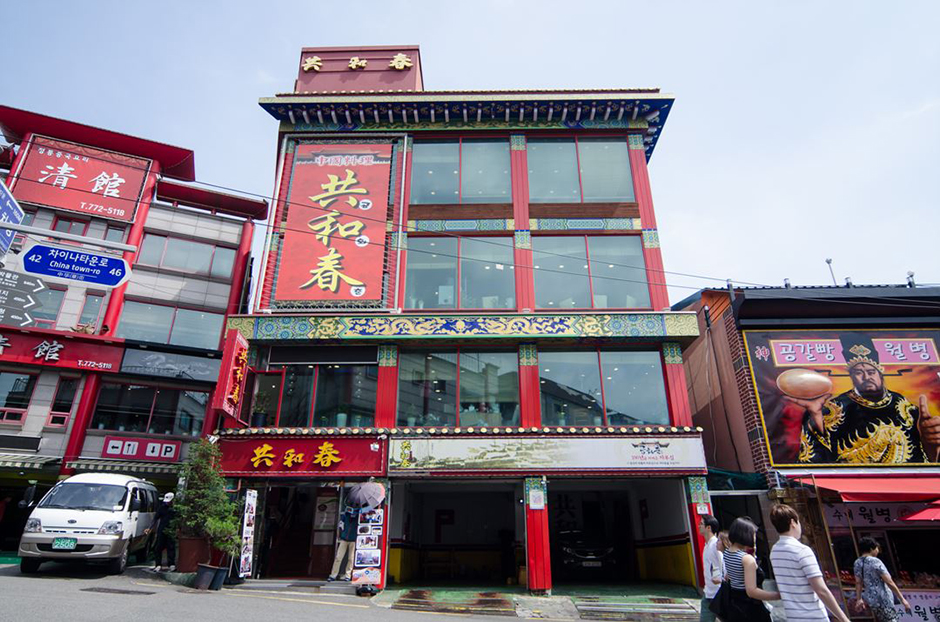
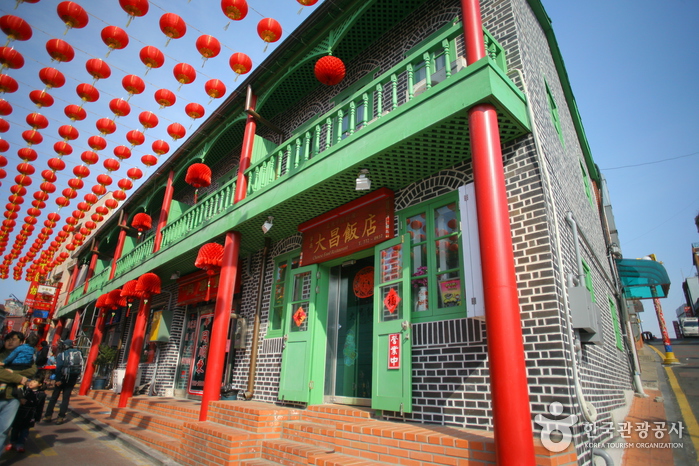
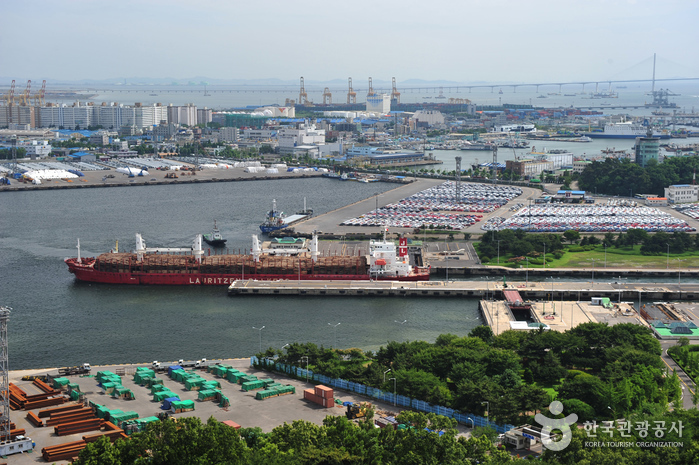
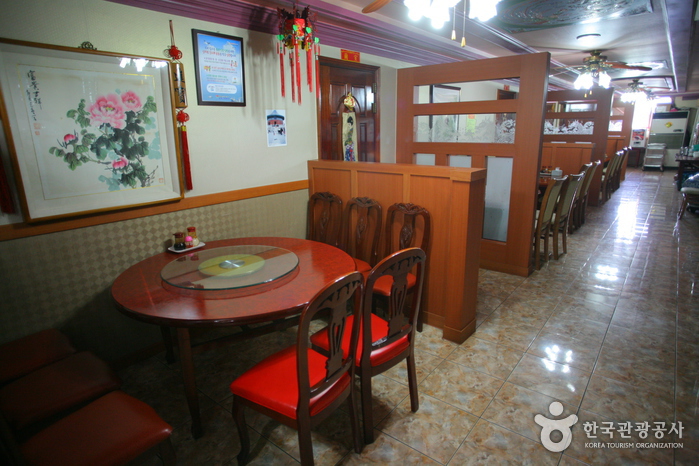
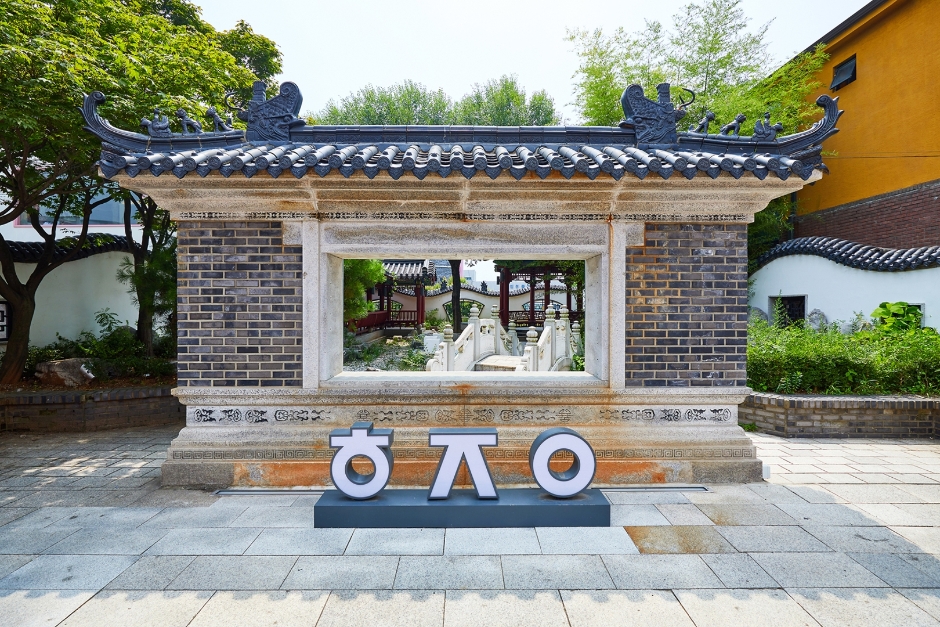
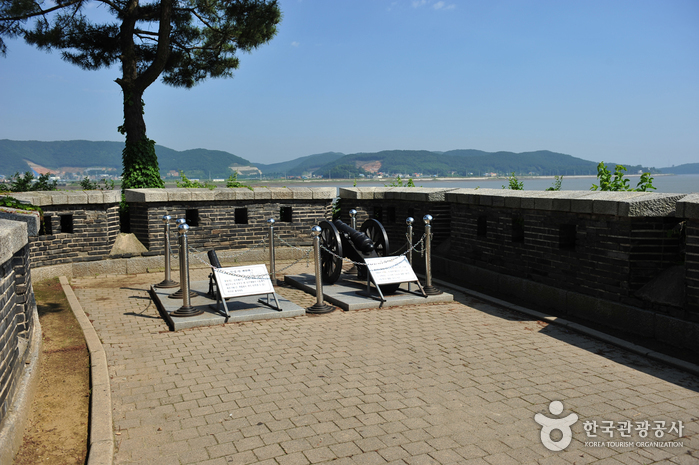
![[Ganghwa Nadeul-gil Course 2] Homeland Fortification Trail ([강화 나들길 제2코스] 호국돈대길)](http://tong.visitkorea.or.kr/cms/resource/05/1895205_image2_1.jpg)
 English
English
 한국어
한국어 日本語
日本語 中文(简体)
中文(简体) Deutsch
Deutsch Français
Français Español
Español Русский
Русский